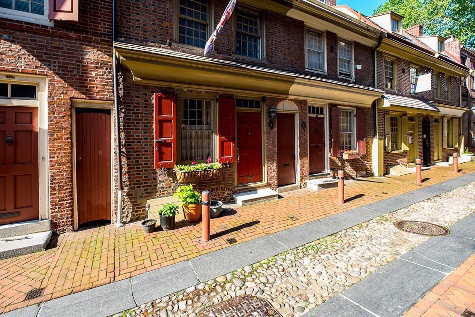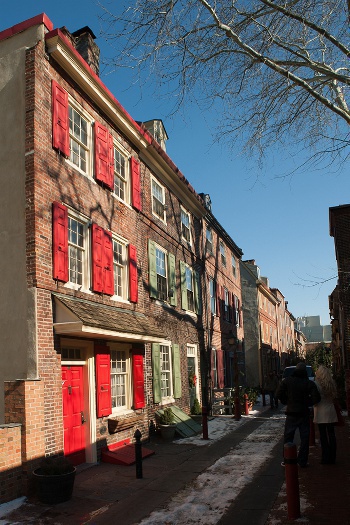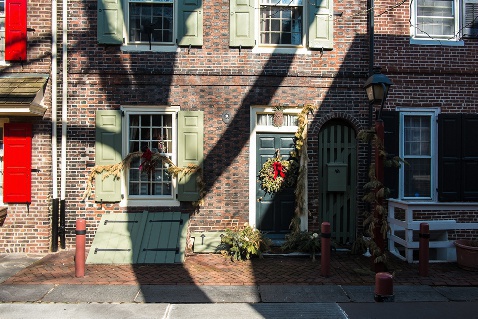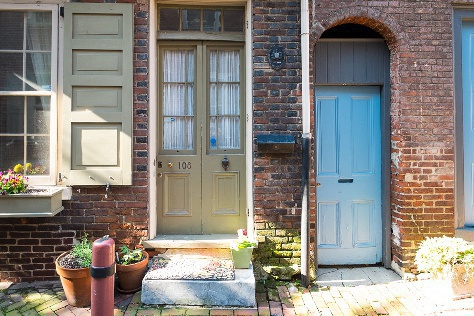Exterior
5/5
Interior
5/5
Site
5/5
History
5/5
Overall
5/5
While there is some debate if it is the oldest residential street in America, it is certainly a not to be missed view of 18th century life and human scale architecture. Get there at dusk for an other worldly experience..



